Disclosure: This article contains affiliate links. We may earn a commission from purchases at no extra cost to you, which helps our travel content.
The first time I glimpsed Dinant from the winding road above the Meuse Valley, I understood why Victor Hugo once described it as 'the most extraordinary place in the world.' Nestled between dramatic limestone cliffs and the serpentine Meuse River, this Belgian jewel appears almost theatrical in its beauty. While most visitors make a beeline for the imposing Citadel that looms over the town, my repeated visits as an architectural enthusiast have revealed a different Dinant—one of hidden courtyards, forgotten Art Nouveau gems, and riverside haunts where locals gather when the day-trippers depart. Having spent countless weekends exploring this region while living in Europe, I've cultivated relationships with local artisans, discovered cafés tucked into medieval walls, and mapped out walks that reveal the town's architectural evolution beyond the postcard views. This spring weekend guide shares my intimate knowledge of Dinant's secrets—the places and experiences that transform a standard sightseeing trip into something far more memorable.
The Architectural Secrets Beyond the Citadel
While the fortress rightfully commands attention, Dinant's architectural story extends far beyond its famous Citadel. Begin your exploration at the often-overlooked Maison Leffe, a former abbey brewery where the arched cellars tell stories of monastic brewing traditions dating back to 1240. What struck me during my first visit was how the building seamlessly blends Mosan Renaissance elements with medieval foundations—a fascinating juxtaposition that's easy to miss if you're rushing to the more famous sites.
Just two narrow streets from the main thoroughfare lies one of my favorite discoveries: a cluster of Art Nouveau buildings that somehow survived both World Wars intact. The standout is a former merchant's home with wrought iron balconies and distinctive stained glass that catches the afternoon light. I stumbled upon it during a spring shower last year, ducking into a nearby café where the owner explained that many locals don't even know the architectural significance of these buildings.
For the best architectural walking route, I recommend starting at the Church of Notre Dame (worth entering for its remarkable rose window) before wandering up the winding Rue Grande. Bring a quality pocket camera to capture the details of the ornate doorways and unexpected architectural flourishes—the light in spring creates dramatic shadows against the limestone buildings, particularly in the golden hour before sunset.
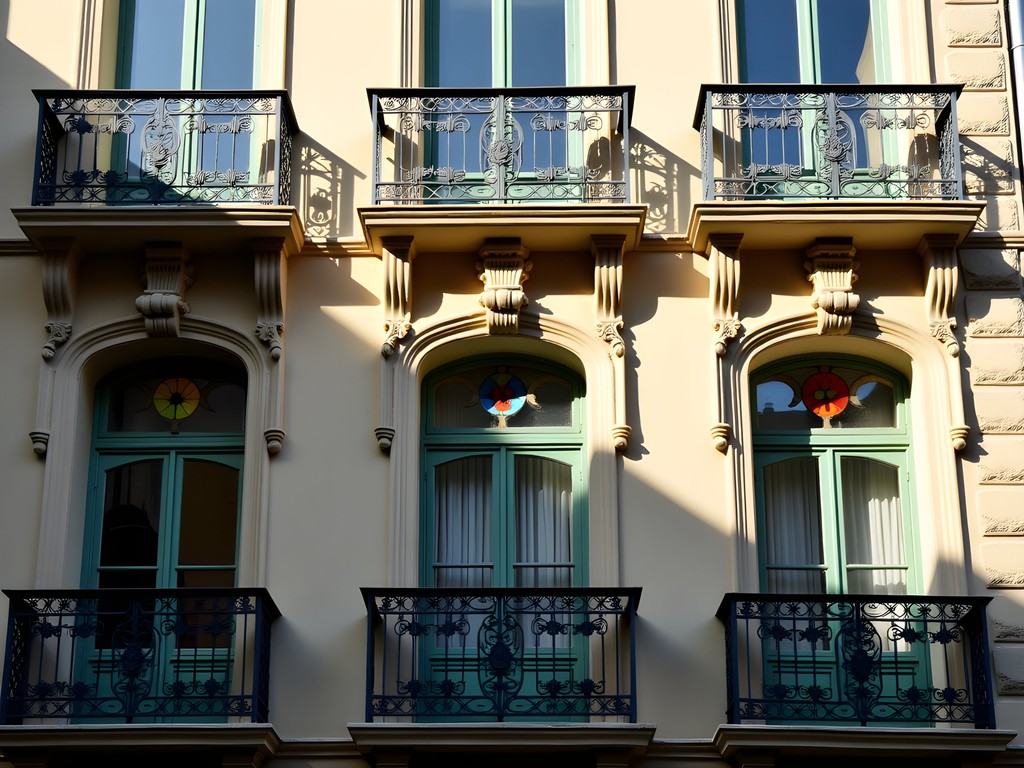
💡 Pro Tips
- Visit the Maison Leffe on weekday mornings when tour groups are minimal
- Look up! Many Art Nouveau details are above eye level on the second and third floors
- The tourist office has an excellent architectural map that most visitors never ask for
The Riverside Haunts Only Locals Know
The Meuse River is Dinant's lifeblood, yet most visitors experience it only from the main embankment. During my extended stays, I've discovered that the real magic happens along the lesser-known stretches of riverbank. About a 15-minute walk north of the central bridge lies La Merveilleuse, a riverside café tucked beneath an ancient stone wall where local fishermen gather at dawn. The owner, Philippe, serves what might be the most authentic Liège waffles in the region, made from his grandmother's recipe using pearl sugar that caramelizes perfectly on his vintage iron.
Further downstream, accessible via a barely marked path behind the saxophone factory, you'll find a pebble beach where locals picnic on summer evenings. I've spent countless afternoons here sketching the dramatic cliff faces while watching kayakers navigate the currents. The spot offers a perspective of the Citadel you won't find in guidebooks—where it appears to grow organically from the limestone as if nature herself designed it.
For those seeking solitude, rent a inflatable kayak from the small outfitter near the train station (not the tourist-focused rental shop by the bridge). They'll direct you to quieter launching points where you can paddle to hidden riverside caves and miniature beaches inaccessible by foot. During spring, the river banks burst with wildflowers, creating a colorful contrast against the limestone cliffs that's simply magical for photography.
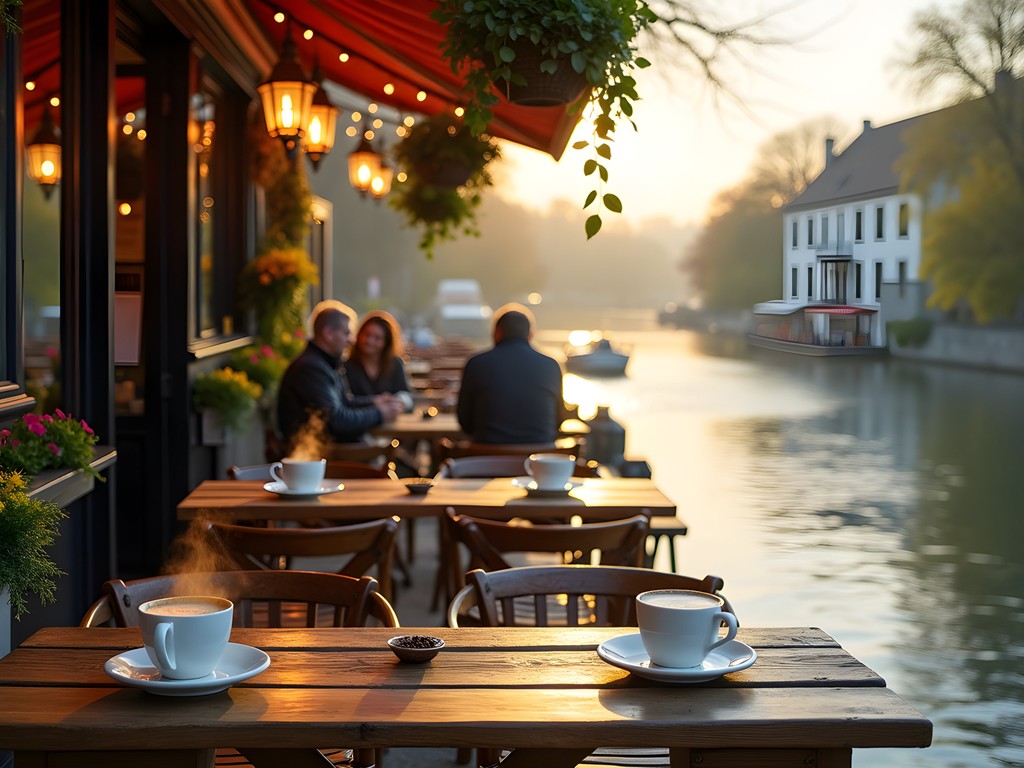
💡 Pro Tips
- Visit La Merveilleuse before 8am for the best riverside light and freshest pastries
- Pack water shoes if you plan to explore the pebble beaches—the stones can be slippery
- The kayak rental shop by the train station offers local rates if you mention Philippe from La Merveilleuse
The Forgotten Saxophone Heritage Trail
Everyone knows that Adolphe Sax, inventor of the saxophone, was born in Dinant—the colorful saxophone sculptures along the main bridge make this impossible to miss. What few discover, however, is the network of workshops and musical heritage sites scattered throughout the old town that tell a much richer story.
Start at the Maison de Monsieur Sax, which is just the beginning. Ask specifically for the heritage map (only printed in limited quantities) that guides you through the narrow alleys where early instrument workshops once thrived. My favorite stop is the restored 19th-century workshop three blocks from the main square, where an elderly craftsman named Jean still demonstrates traditional brass instrument-making techniques every Tuesday and Thursday afternoon.
The real treasure lies in the basement of what appears to be a ordinary patisserie on Rue Grande. The owner's grandfather was an apprentice to one of Sax's students, and the family has preserved original tools and prototype instruments in a small but fascinating collection. They only open this private museum by request, but a purchase of their excellent pain d'épices (spiced bread) and a genuine interest in saxophone history usually grants access.
For music enthusiasts, I recommend bringing a portable audio recorder to capture the unique acoustics inside the Church of Notre Dame, where monthly saxophone recitals showcase the instrument in its spiritual homeland. The recordings make for wonderful souvenirs, especially during spring performances when the church windows are open and birdsong mingles with the music.
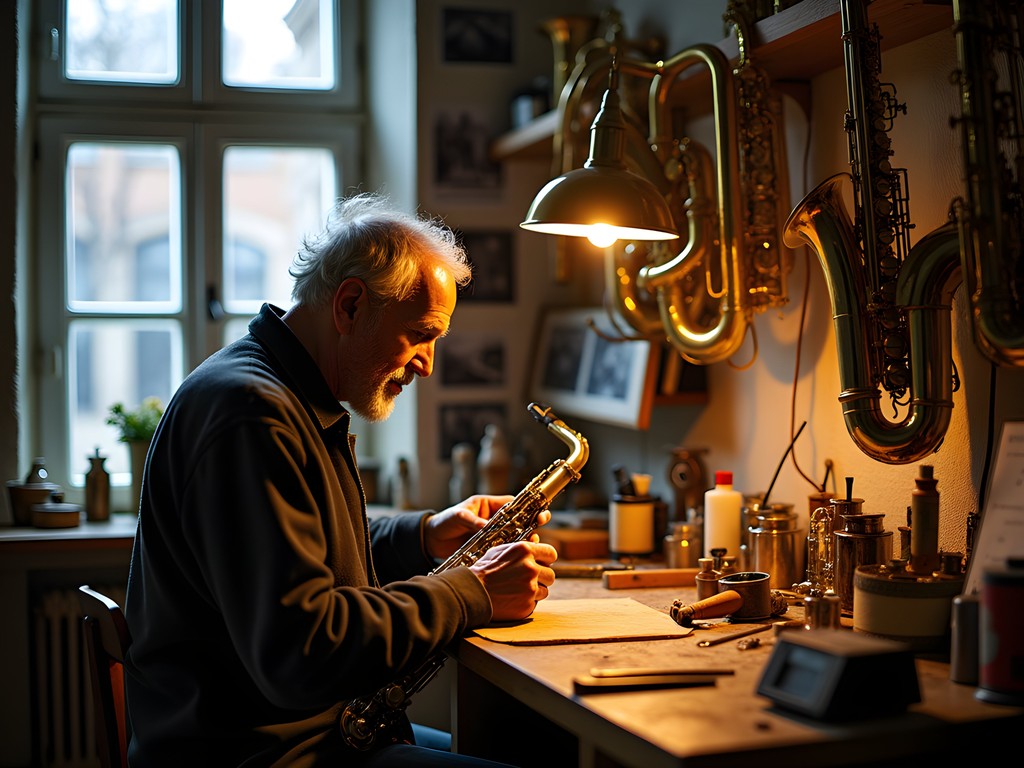
💡 Pro Tips
- Visit Jean's workshop on Thursday afternoons when he demonstrates the traditional soldering techniques
- The heritage map is only available in French, but staff will mark key points for English speakers
- The patisserie with the secret saxophone collection closes at 4pm, so plan accordingly
Market Culture: The Saturday Morning Ritual
My passion for local markets has taken me to countless cities across Europe, but Dinant's Saturday morning market remains one of my most cherished discoveries. Unlike the tourist-oriented markets in larger Belgian cities, Dinant's market is authentically local—a weekly social institution as much as a shopping destination.
The market officially begins at 8am in the square behind the church, but the real magic happens at 7am when farmers arrive with produce harvested that morning. This is when local chefs and knowledgeable residents (myself included) arrive to secure the best selections. The elderly woman at the northeastern corner—recognizable by her blue headscarf—grows what locals consider the region's finest strawberries, available for just a few precious weeks in late spring. Her supply typically sells out within the first hour.
What makes this market special is the focus on Ardennes specialties rarely found elsewhere. The cheese vendor in the center aisle offers an aged goat cheese washed in Leffe beer that perfectly captures the region's terroir. Nearby, a forager sells wild herbs and mushrooms gathered from the surrounding forests—ingredients that connect modern tables to medieval culinary traditions.
I always bring my insulated market tote to keep purchases fresh, especially important for the local dairy products that shouldn't sit unrefrigerated too long. The market is also where I've formed some of my most meaningful connections with locals, including an elderly couple who now save specialty honey for me whenever I visit—the kind of authentic relationship that transforms how you experience a destination.
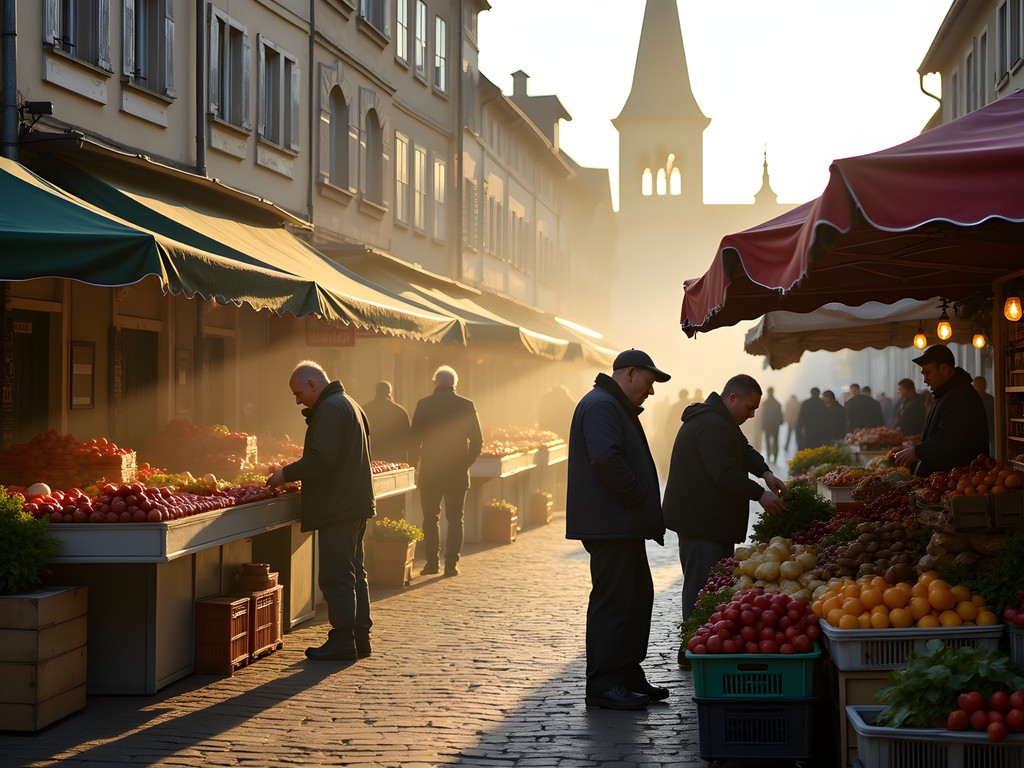
💡 Pro Tips
- Arrive before 8am for the best selection of seasonal produce and to avoid tourist crowds
- Bring small Euro bills and coins as most vendors don't accept cards or large notes
- Learn the phrase 'Je peux goûter?' (May I taste?) to sample cheeses and preserves before buying
Architectural Homestays: Beyond Traditional Accommodations
My background in architectural photography has made me particularly selective about accommodations, and Dinant offers several extraordinary options that most booking platforms don't adequately showcase. Instead of the standard hotels near the Citadel, consider these architectural gems that provide both authentic experiences and visual delight.
My favorite discovery is a restored 17th-century miller's home along a tributary of the Meuse. The current owners, an architect couple from Brussels, have meticulously preserved the limestone walls and wooden beams while integrating minimalist modern elements that frame views of the water wheel and stream. With just three rooms available, booking requires planning, but the experience of falling asleep to the gentle sound of flowing water while surrounded by historically significant architecture is unparalleled.
For those seeking something truly unique, the converted water tower on the eastern edge of town offers 360-degree views of the valley from its top-floor bedroom. The spiral staircase at its center—original to the 1920s structure—creates a dramatic focal point, while the circular rooms have been thoughtfully designed to honor the building's industrial heritage.
My most recent find is a row of former lace-makers' cottages that have been connected internally to create a gallery-like space showcasing Belgian design. The owner is a collector of mid-century furniture who has paired vintage pieces with contemporary Belgian art, creating spaces that feel both historically grounded and freshly relevant.
When booking, I always bring my travel tripod to capture the architectural details in these unique spaces—the interplay of historic elements with thoughtful modern interventions tells a story about Belgian design that extends far beyond tourist experiences.
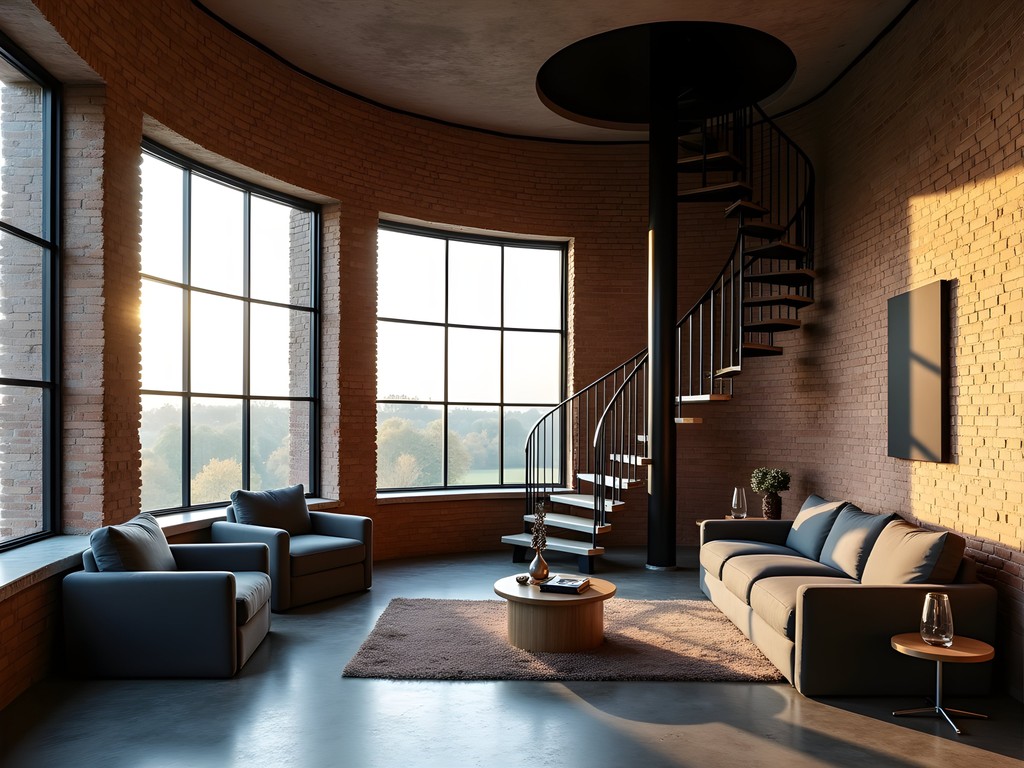
💡 Pro Tips
- Book the miller's house at least three months in advance for spring weekends
- Request the east-facing room in the water tower for the best sunrise views over the valley
- The lace-makers' cottages offer a 10% discount for stays of three nights or more
Final Thoughts
Dinant reveals itself slowly to those willing to venture beyond the Citadel and iconic riverside view. What I've come to treasure most about this Belgian gem is how it rewards curiosity—each narrow alleyway potentially leading to an architectural treasure, each market conversation opening doors to experiences no guidebook could list. As investors in sustainable tourism, we often speak about the importance of deeper, more meaningful travel experiences that benefit local communities. Dinant exemplifies this potential, offering authentic connections for those willing to slow down and engage with its layered heritage. Whether you're sketching the dramatic cliffs from a hidden riverside café, learning traditional brass-working techniques from one of the last master craftsmen, or simply enjoying strawberries with the locals at the Saturday market, you're experiencing a Dinant that most travelers miss entirely. This spring, give yourself the gift of unhurried exploration in this architectural wonderland—I promise the memories you create will be far richer than any standard sightseeing itinerary could provide.
✨ Key Takeaways
- The most authentic Dinant experiences are found in the lesser-known streets beyond the main tourist path
- Building relationships with locals—from market vendors to café owners—opens doors to hidden aspects of Dinant's culture
- Spring offers the perfect balance of pleasant weather, blooming riverside landscapes, and fewer tourists than summer months
📋 Practical Information
Best Time to Visit
April through early June
Budget Estimate
€100-200 per day including unique accommodation
Recommended Duration
2-3 days minimum
Difficulty Level
Moderate (Involves Some Walking On Uneven Cobblestone Streets And Unmarked Paths)

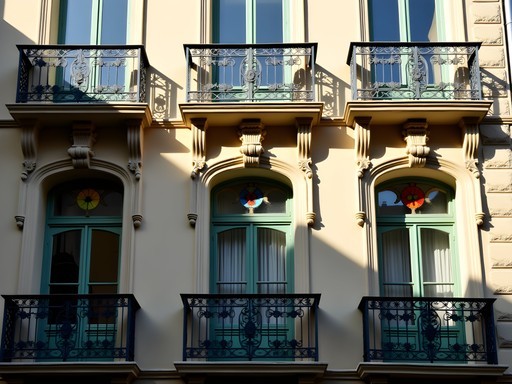
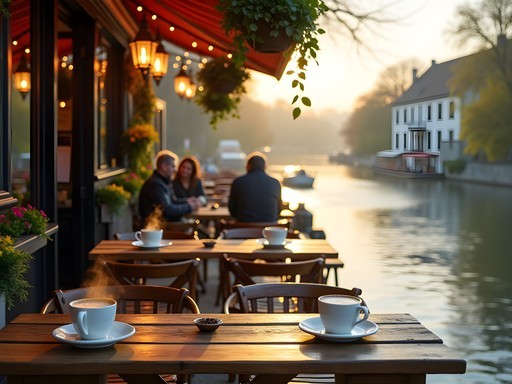

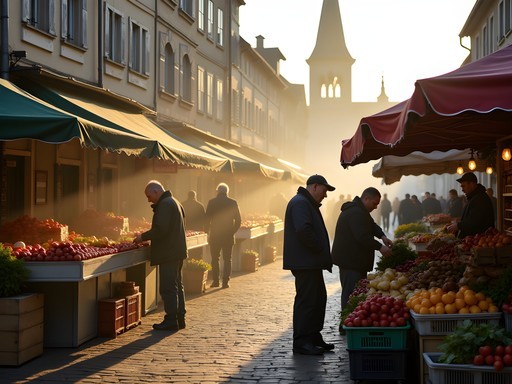



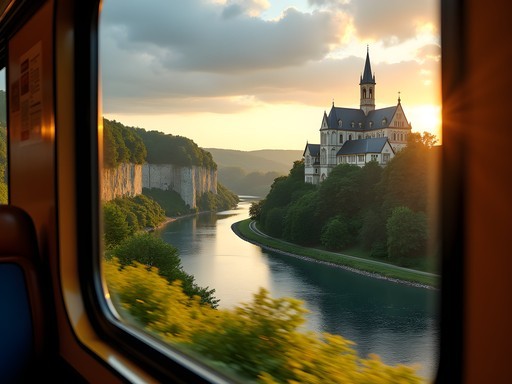





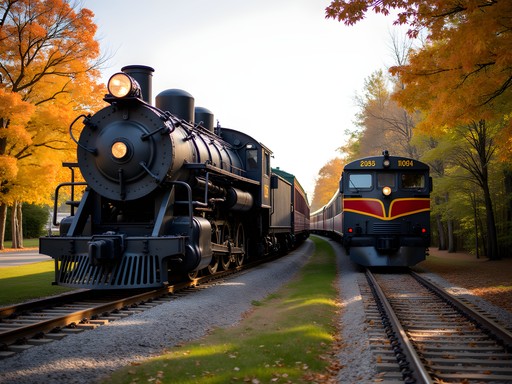
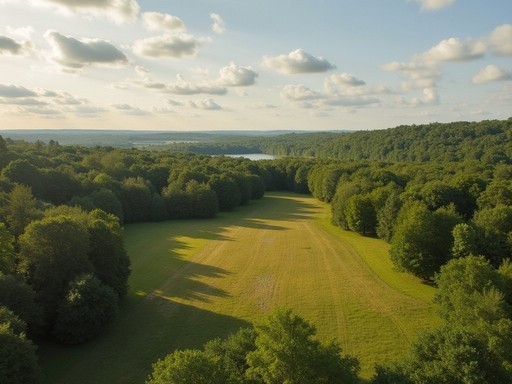
Comments
BelgianBeerFan
If anyone's heading to Dinant, don't miss the Saturday market Claire mentioned! We got the most amazing local cheese and fresh bread there. Perfect picnic by the river afterward.
EuropeTrekker
Is it easy to get around Dinant without a car? Thinking of doing a day trip from Brussels.
Claire Hawkins
Absolutely! The train from Brussels to Dinant is direct and takes about 1.5 hours. The town itself is very walkable, and there's a local bus if you want to explore further out. Definitely doable as a day trip!
WanderingFoodie
Those riverside photos are stunning! Adding Dinant to my bucket list right now.
Haley Hamilton
I stumbled across Dinant last year during my Belgium backpacking trip and completely fell in love with it! That Saxophone Heritage Trail you mentioned was such a cool surprise - I had no idea Adolphe Sax was born there until I saw those colorful saxophones scattered around town. The little museum dedicated to him was empty when I visited, and the curator spent almost an hour telling me stories! One tip I'd add: there's a tiny family-run patisserie down a narrow alley behind the main street (can't remember the name but it had a blue door) that makes these incredible speculoos-filled pastries. Worth hunting down! I used my pocket guidebook to find some other hidden spots, but honestly just wandering the side streets led to the best discoveries.
BelgiumLover22
I think that's Patisserie Maison Gerard you're talking about! Those speculoos pastries are amazing. Did you try their couque de dinant cookies too? Hard as rocks but so good with coffee!
Haley Hamilton
Yes! That's it! And those couques nearly broke my teeth but were totally worth it 😂
travelbackpacker
Dinant looks amazing! Did you try any of the local beers at those riverside haunts you mentioned? Going there next month and definitely want to explore beyond the typical tourist spots.
Claire Hawkins
Yes! Don't miss Maison Leffe - not exactly a hidden spot but they do great tasting flights. For something more local, try Le Comptoir on the quieter side of the river. The owner knows everything about Belgian beers!
travelbackpacker
Awesome, thanks for the tips! Will definitely check out Le Comptoir.
coolnomad
Going to Dinant in November - will those riverside spots still be open in the off-season? Any recommendations for rainy day activities there?
Claire Hawkins
Most riverside cafés stay open year-round, though some have reduced hours. For rainy days, don't miss the Maison de Monsieur Sax museum - small but fascinating! Also, the Leffe Beer Museum is mostly indoors and includes tastings. Enjoy your trip!
coolnomad
Perfect, thanks Claire! Beer museum definitely going on the list 🍺
George Hayes
Claire, your post brought back wonderful memories! We took our kids to Dinant last year and followed that Saxophone Heritage Trail you mentioned. It was actually my 9-year-old daughter who spotted those small brass markers embedded in the cobblestones that most tourists walk right past. The Saturday market was a highlight too - my wife still talks about those fresh stroopwafels from the elderly vendor at the corner stall. One tip for families: we found a small playground hidden behind the church that gave us adults a breather while the kids burned off energy. When hiking around the valley, our pocket binoculars came in handy for spotting wildlife along the river. Dinant definitely deserves more than the typical day trip from Brussels!
adventurediver
George - that playground sounds perfect! Taking my nephew there next month. Is it easy to find?
George Hayes
Super easy! Just walk behind Notre Dame Church and follow the small path. It's maybe 3 minutes from the main square but feels hidden away. Has a cute little slide shaped like a saxophone too!
wildbuddy
Love the photos! That riverside view is stunning!
adventurediver
Just got back from Dinant last week and this post is SPOT ON! Everyone goes straight to the Citadel, but we followed your advice about that little café by the riverside with the blue awning (won't name it to keep it secret-ish lol). The elderly owner told us stories about the town's history while serving the most amazing Flamiche aux Pommes I've ever tasted. Also stumbled upon that saxophone installation you mentioned - didn't realize Adolphe Sax was born there! Thanks for showing the non-touristy side of this gem!
coolnomad
Was that café the one with all the vintage saxophone photos on the wall? I think I found the same place last summer!
adventurediver
Yes! That's the one! The owner even played some jazz on an old record player when we were there. Such a vibe!
Hunter Thompson
Claire, your photos of the riverside at dusk are absolutely stunning! I've been to Dinant three times now and never get tired of that view. For anyone heading there, I'd add that the 'Forgotten Saxophone Heritage Trail' is even better if you download the audio guide from the tourist office website - it has recordings of local musicians playing Adolphe Sax's original compositions. Makes the whole experience much more immersive!
Venture X
Premium card with 2X miles, $300 travel credit, Priority Pass